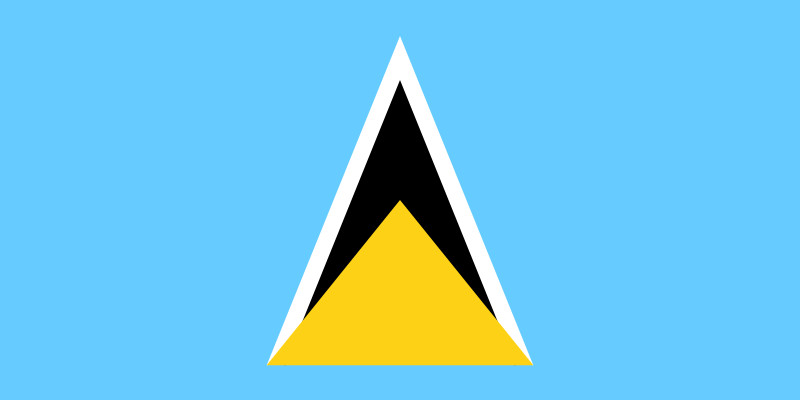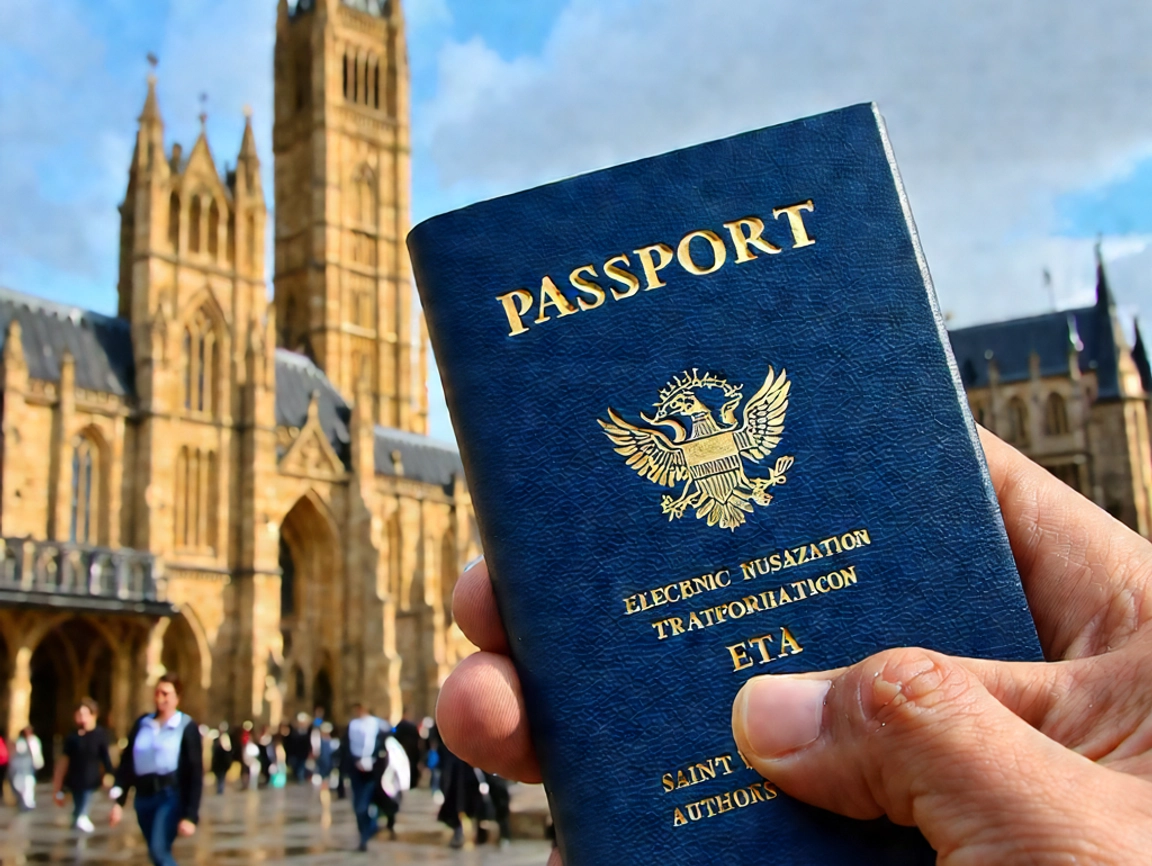The flag of Saint Lucia was adopted on March 1, 1967 and was designed by St Lucian artist Dunstan St Omer.

The triangles in the flag represent the island’s famous twin peaks – Pitons at Soufrière, the blue represents the Caribbean Sea (west coast) and the Atlantic Ocean (east coast), the gold represents the prevailing sunshine in the Caribbean and the black and white stand for the cultural influences of the nation.
Significance of the St Lucia Flag: The LAND, The PEOPLE, The LIGHT
DESCRIPTION:
- On a plain blue field, a device consisting of white and black triangular shape; within its base a golden triangle occupies a central position.
- The triangles are superimposed on each other – the black on the white and the gold on the black. The black ends as a three-pointed star in the center of the Flag.
- The width of the white part of the triangle is one and a half inches on both sides of the black. The distance between the peaks of the black and white triangles is four inches.
- The triangle shares a common base, the length of which is one third of the full length of the Flag. The dimensions of the National Flag shall be in portions of six feet by three feet (6′ x 3′ ) and nine inches by four and a half inches (9″ x 4 1/2″).







